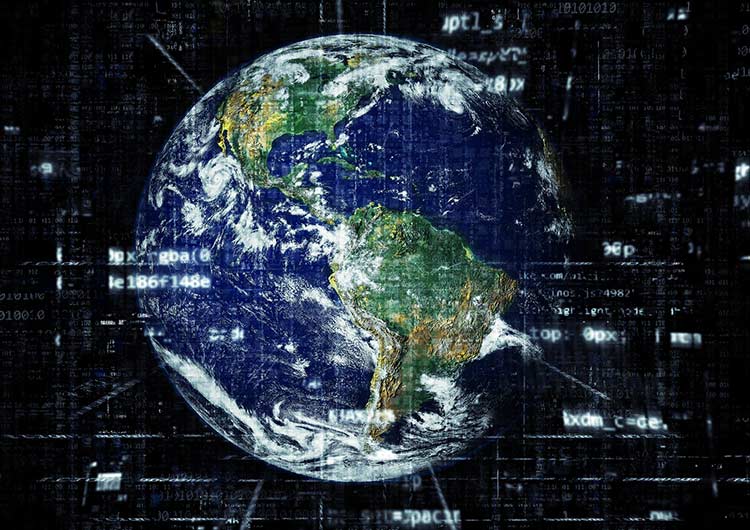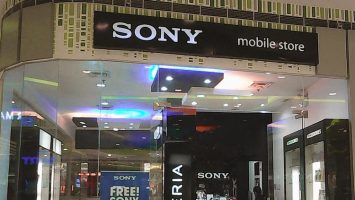 The experts in the computing world have warned that the internet will run out of Internet protocol addresses as soon as next year or in about five hundred days.
The experts in the computing world have warned that the internet will run out of Internet protocol addresses as soon as next year or in about five hundred days.
An IP address is a unique number assigned to every networked device which differentiates it from other devices that may be connected to the same network. Experts say that about four billion combinations can be made from the format where the IP address consists of four numbers from 0 to 255.
The spread of networked devices and increasing penetration around the world will result in using up of all the IP addresses. The solution usually adopted for Telephones like adding another digit may not work in case of IP addressed because billions of servers and widespread devices will have to be reconfigured or upgraded to switch to the new model.
The solution to be adopted is the newer, IP version 6. The new IPv6 is to replace the IP version 4 that was brought in the 1980s. The model will not bring any change for the users as the systems will automatically use IPv4 or IPv6 as required.
Even as the number of networked devices were rising rapidly in the last decade the development of the IPv6 has been slow because of disinterest.
An expert says that the newer version will not solve all the problems as most PC will be able to switch the models easily but as for devices only 5 percent and less than 1 percent of the web servers can support the newer version.
The upgrade to the newer version involves costs but does not essentially bring any improvements to the network and thus the customers are unlikely to pay for it making it difficult for the service providers to invest heavily on it.
Experts say that users and enterprises whose computers and devices are not configured to use IPv6 will be unable to access new web pages after September next year when the key body that distributes IP addresses runs out of the IP addresses.
The existence of IPv6 ensures the availability of enough IP addressed for the new devices.


